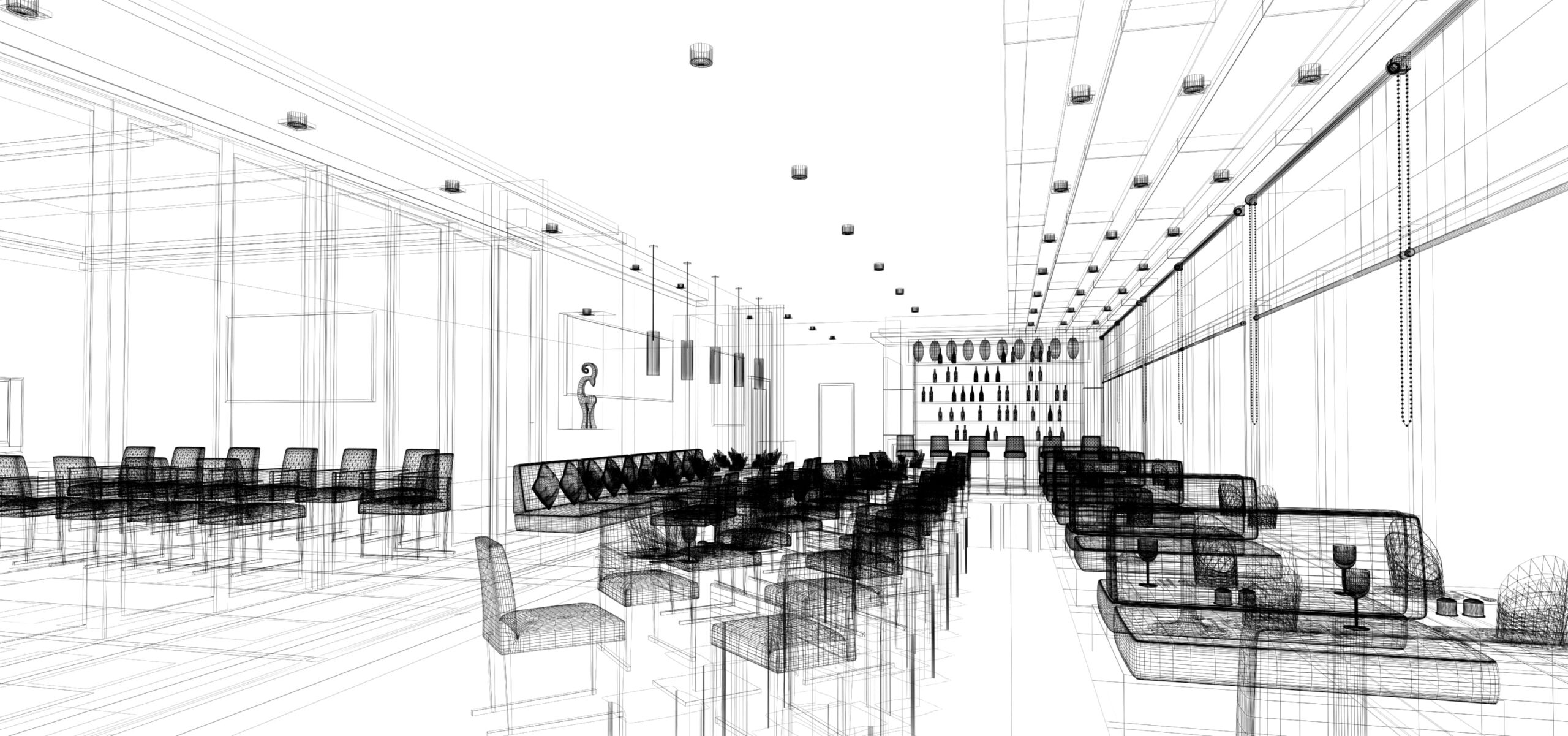
Key Considerations When Designing a Custom Restaurant
Designing a custom restaurant is an exciting yet complex endeavor that requires meticulous planning and attention to detail. The design of a restaurant significantly influences customer experience and operational efficiency. Here are key considerations to keep in mind.
Understanding Your Concept and Brand
The first step is to have a clear vision of your concept and brand. Your restaurant’s design should reflect its identity, whether it’s a cozy café, a high-end dining establishment, or a casual eatery. The interior design, furniture, lighting, and décor should all align to convey a consistent theme that enhances the dining experience.
Functionality and Flow
Efficient layout and functionality are crucial. The design should facilitate smooth operations, from the kitchen to the dining area. Ensure the kitchen is designed for efficiency and safety, with clearly defined areas for preparation, cooking, and cleaning. Arrange tables and seating to maximize space while maintaining comfort and accessibility. Design pathways that allow staff to move freely and efficiently between essential spaces.
Creating the Right Atmosphere
The atmosphere of a restaurant plays a significant role in attracting and retaining customers. Elements such as lighting, color schemes, and music influence the mood and ambiance. Use a combination of natural and artificial lighting to create a warm and inviting atmosphere. Choose colors that complement your brand and create the desired vibe. Background music can enhance the dining experience, but it should not overpower conversation. Consider the acoustics to ensure a pleasant sound environment.
Comfort and Accessibility
Customer comfort and accessibility are essential. Comfortable seating, appropriate table heights, and adequate spacing between tables contribute to a positive dining experience. Ensure your restaurant is accessible to all customers, including those with disabilities, by designing accessible entrances, restrooms, and seating areas.
Incorporating Technology
Incorporating technology can improve both customer experience and operational efficiency. Modern POS systemsstreamline ordering and payment processes, digital menus enhance customer convenience, and kitchen display systems help manage orders more efficiently.
Budget and Timeline
Establish a realistic budget and timeline for your project. Work with your design and construction teams to develop a detailed plan that outlines costs, milestones, and deadlines. Regularly review and adjust your plan to stay on track and within budget.
Designing a custom restaurant involves balancing aesthetics and functionality. By focusing on these key factors, you can create a space that not only looks great but also functions seamlessly, providing an exceptional dining experience.
Ready to bring your vision to life? Contact Regal Stephens today. Our expert team specializes in creating custom restaurant designs that blend creativity with functionality, ensuring your restaurant stands out and succeeds.

